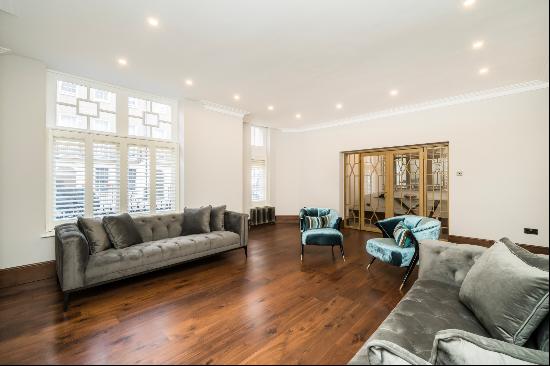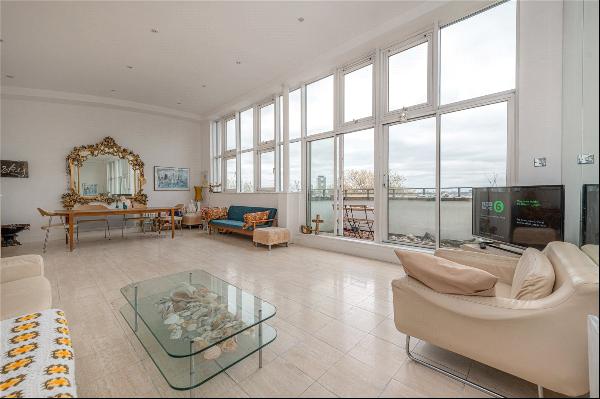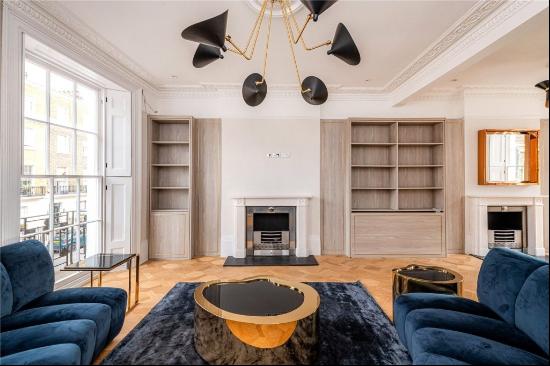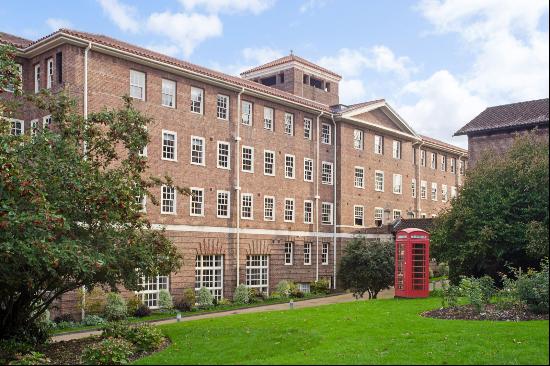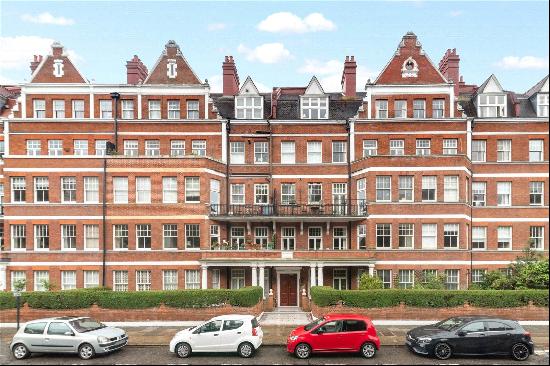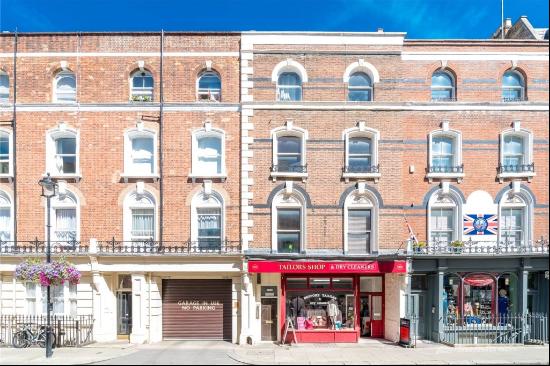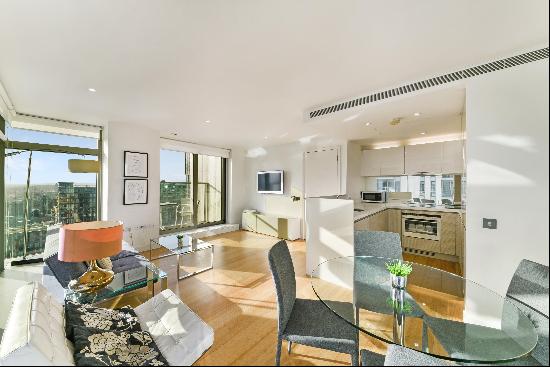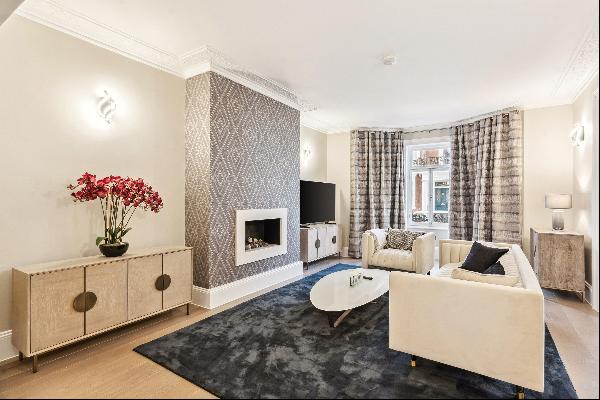
By Imogen Lepere
One would assume that the most celebrated stories surrounding The Mount, a Grade II-listed country house in Cookham Dean in Berkshire, would come from deep within its 500-year-history. However, the 12-bedroom property — which is thought to have been built as a hunting lodge for Windsor Castle and is now on the market for £4mn — is best known as the inspiration for the author Kenneth Grahame's classic children’s novel from 1908, The Wind in the Willows.
“My brother, sister and I were convinced the characters from the novel actually lived in the grounds,” says the current owner John Kellett, who recalls childhood summers spent picnicking in the orchard, rambling in the woods and climbing the century-old cedar tree that still towers over the formal gardens.

Following the death of his mother in 1863, five-year-old Grahame lived at The Mount with his grandmother and three siblings until they had to move after a chimney collapsed in 1865. As Grahame wrote in The Golden Age (1895), those happy years were characterised by “trackless meadows” and long afternoons spent fishing and boating with his uncle, David Ingles, on the nearby stretch of the river Thames — a landscape that, according to his biographer, Peter Green, Grahame drew heavily from for the setting of his best known work.
The house also has an important association with visual art. Renowned 20th-century painter Sir Stanley Spencer was born nearby in Cookham and found inspiration in the area throughout his life. He visited The Mount regularly, painting numerous landscapes and still lifes on the property. When Kellett’s parents bought the house in 1969, the plants featured in Spencer’s 1938 painting Cacti in the greenhouse at Cookham Dean were still in situ.
The house was transformed from a hunting lodge into the mansion at the end of the 19th century by brothers Alexander and Arthur Levy, diamond merchants who were later instructed by Edward VII to supervise the cutting of the Cullinan diamond. It was at this time that the bell tower and gabled roof were added. Eight of the bedrooms, accessed via a large staircase, look out over a long avenue that frames views of the countryside.

Despite the Levys interventions, numerous historic features were retained including a heavy oak front door with a stained-glass window. The panelled drawing room — which Kellett recalls being filled “with politicians and prime ministers” at his parents’ lavish Christmas parties — has a cavernous fireplace with Delft tiling, as does the dining room.
“It’s already a magnificent house and someone with some imagination will make it even better,” says Kellett. “Of course, it’s thrilling to live somewhere that has been inhabited for half a millennium but the main draw is that it’s a beautiful building inside and out.” Kellett highlights the property’s south-east-facing aspect which makes the rooms at the front “a really lovely place to spend time.”
The Mount and its surroundings remained a symbol of happiness and innocence throughout Grahame’s life, informing and animating his writing long after he moved away from the house. It had much the same appeal for Kellett. “We’ll miss it terribly but are hoping another family will buy it. It was the most magical place to grow up and we’d love more children to experience those endless summers.”
Photography: Savills








